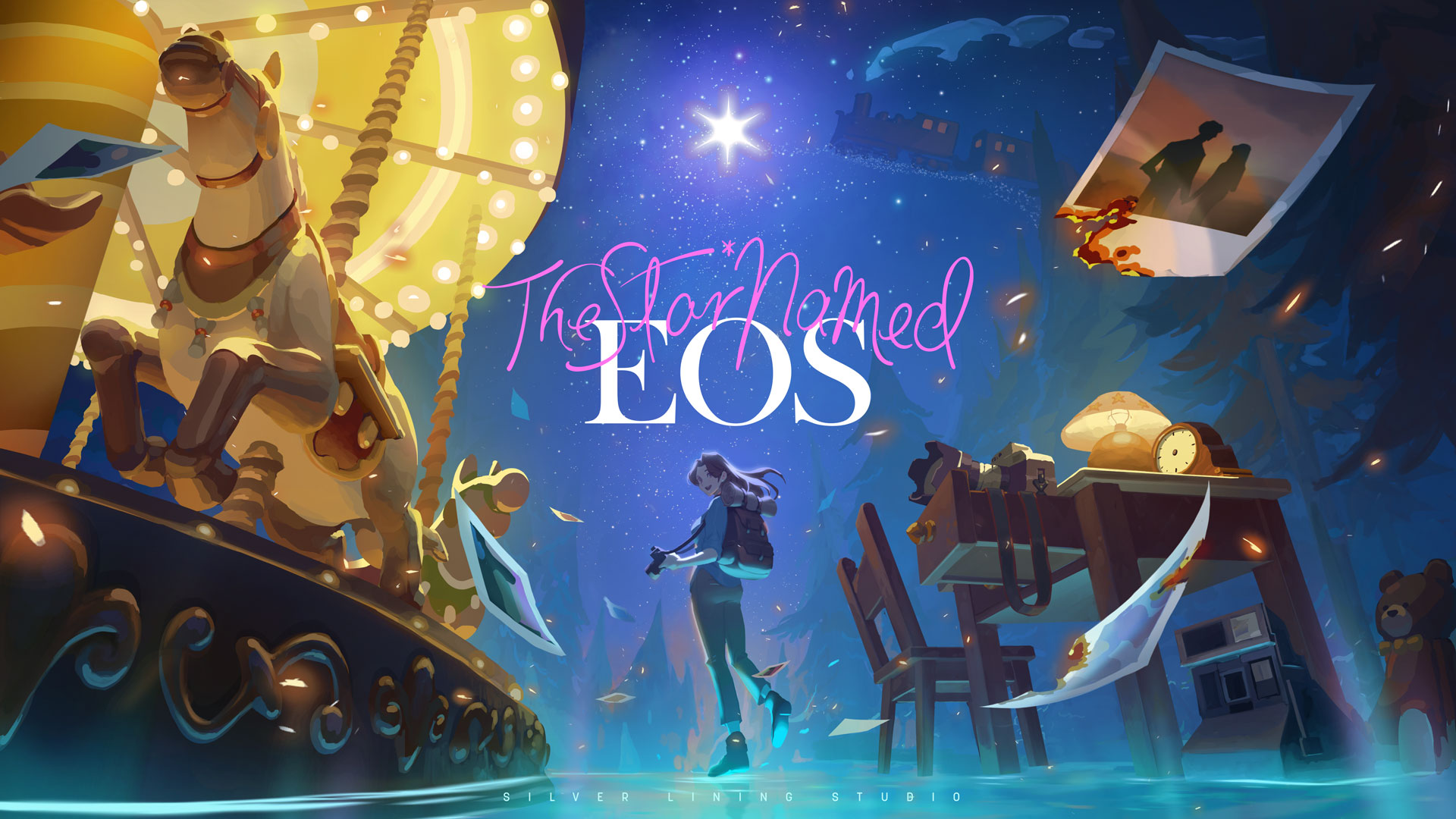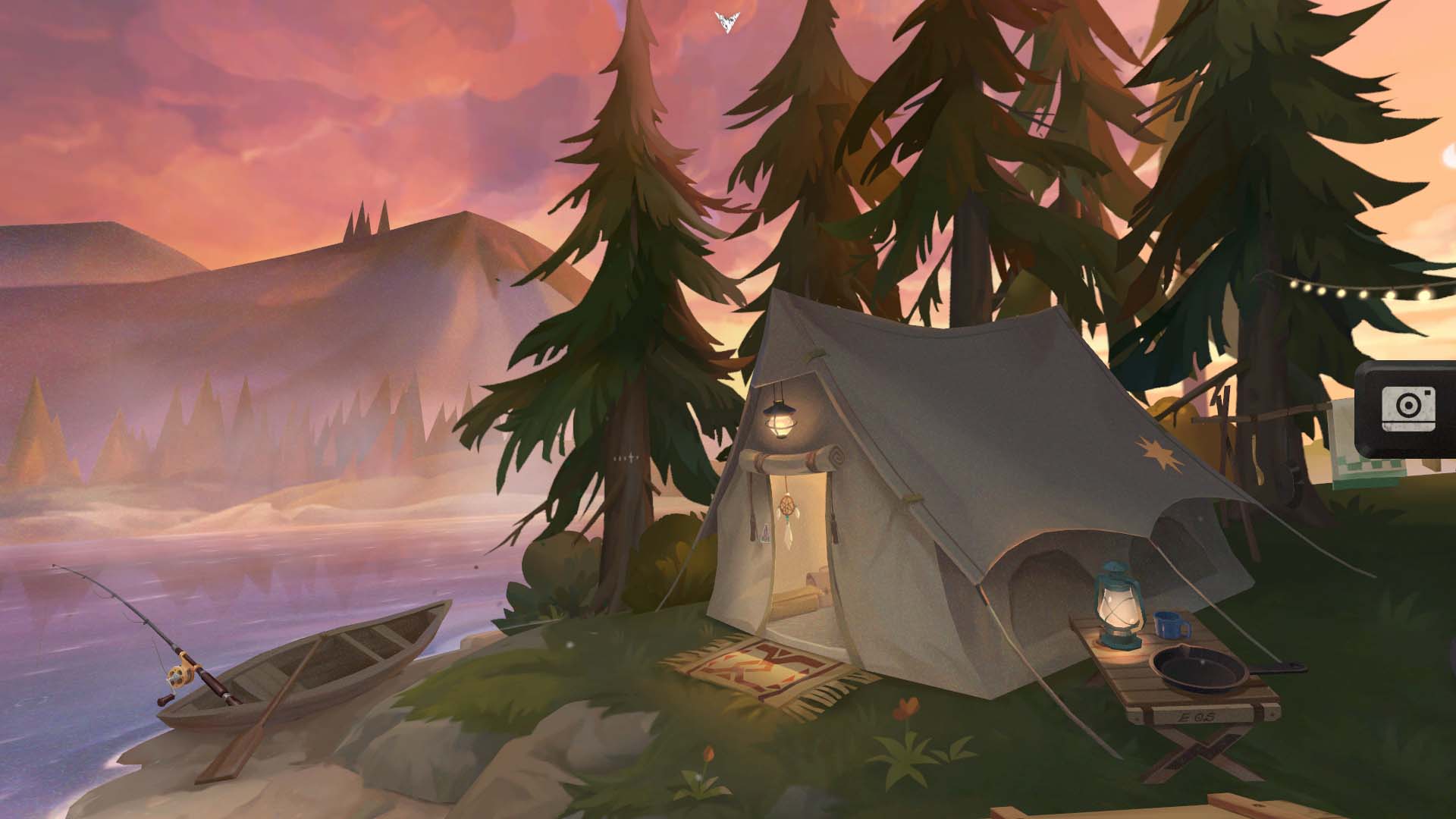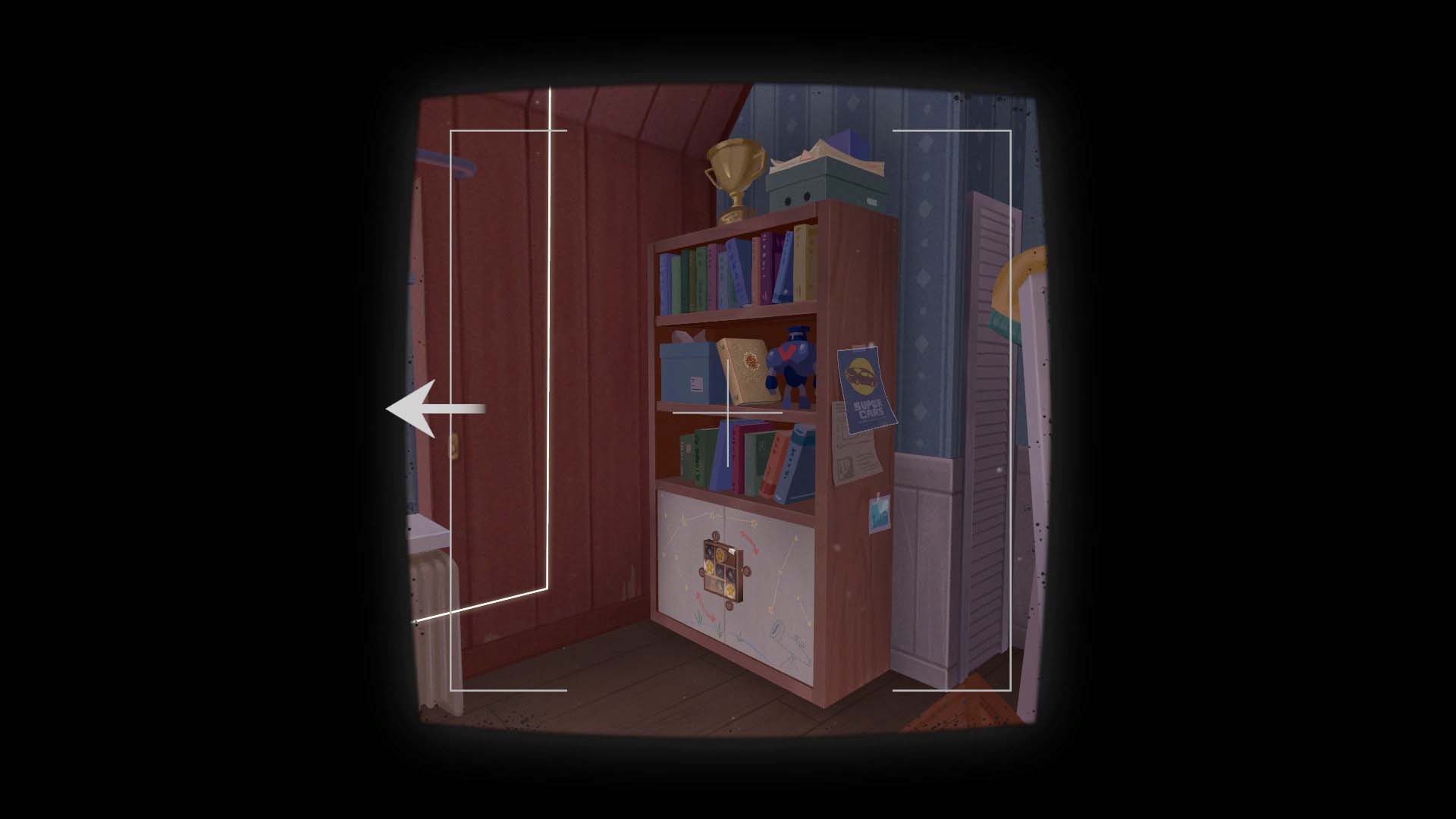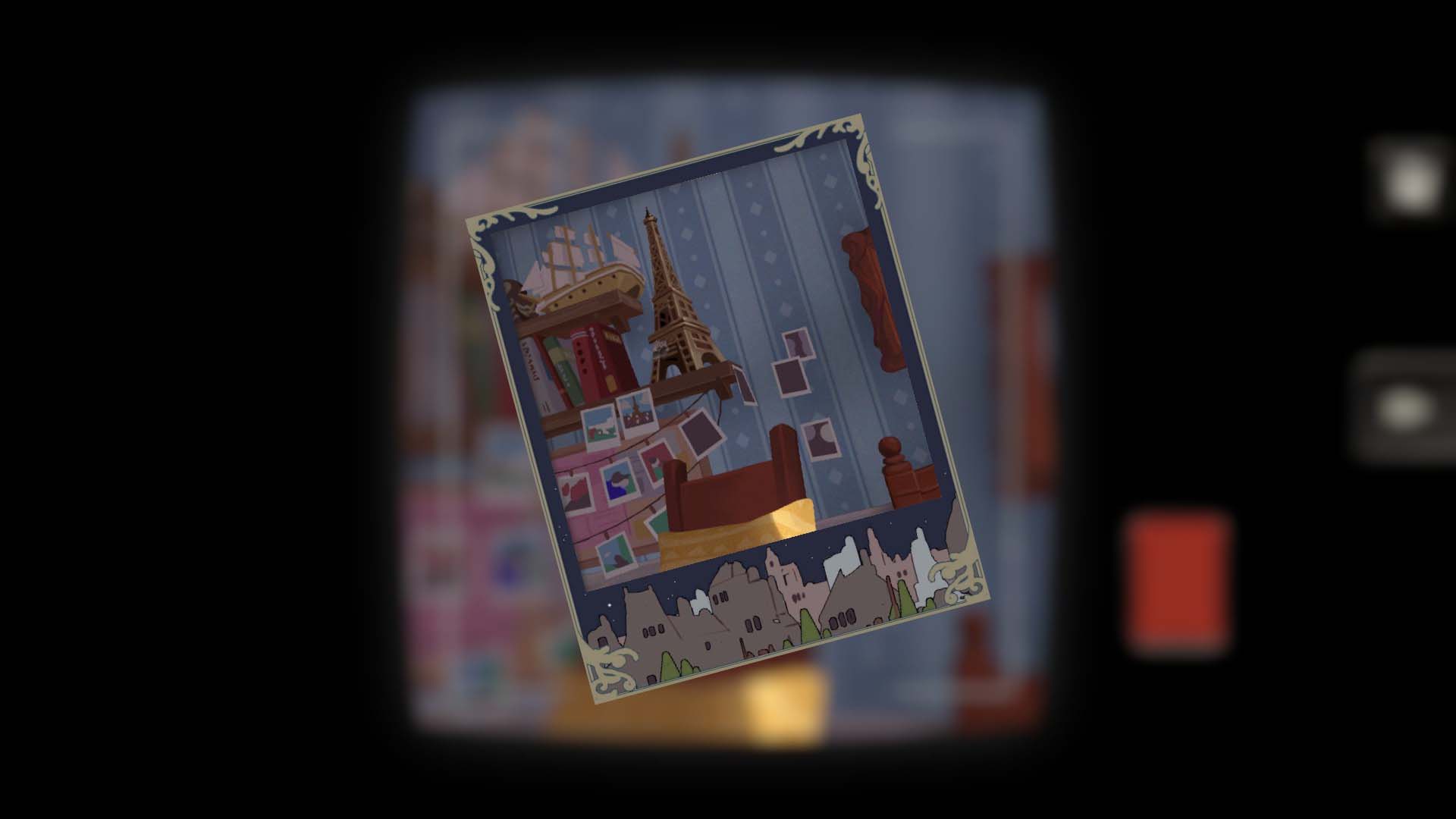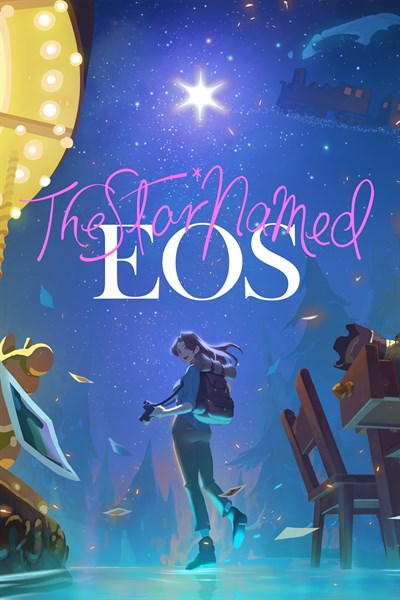The Significance of Photography in The Star Named Eos
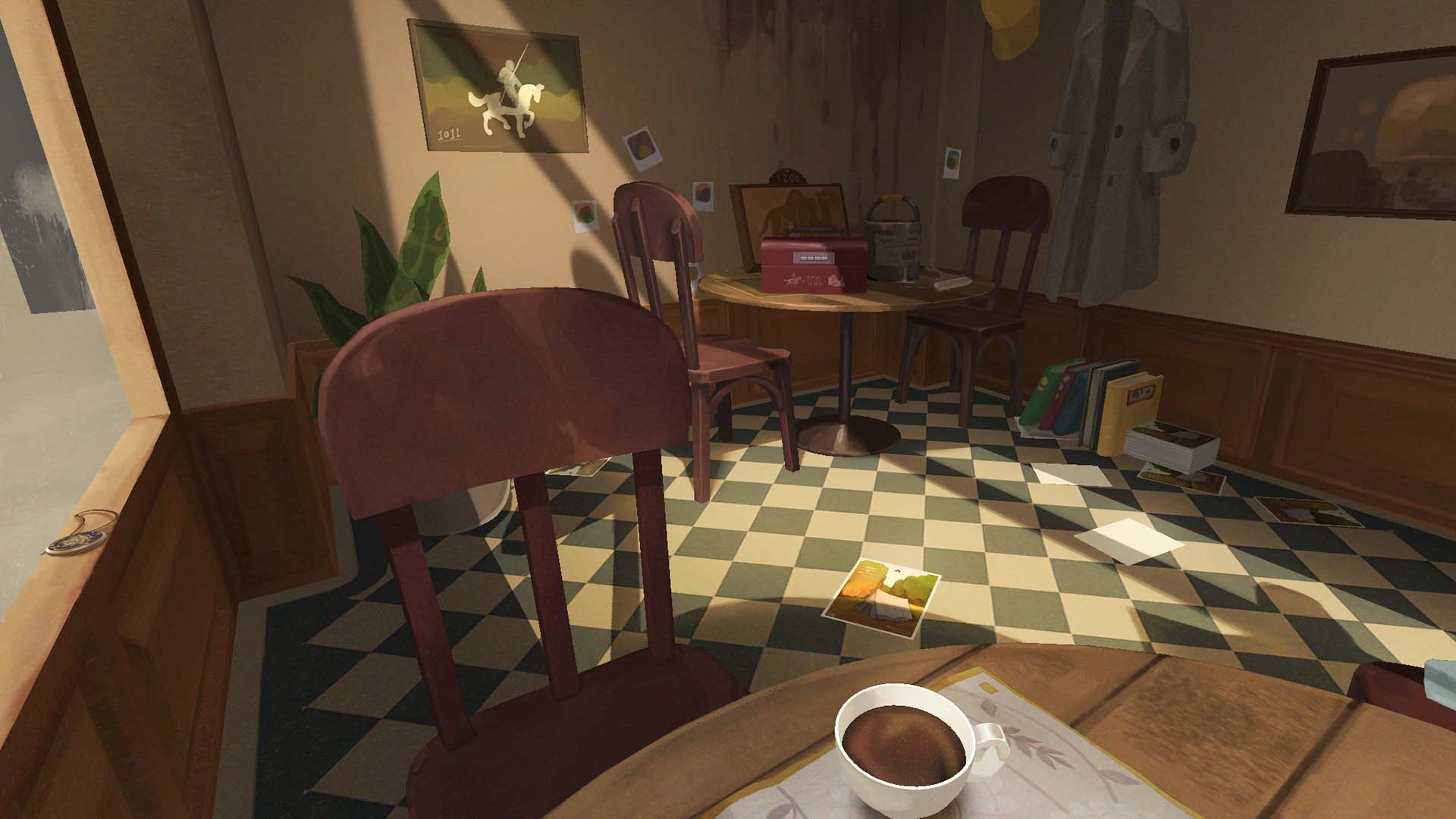
Photography is more than just a theme in the game The Star Named Eos; it is the backbone of the entire narrative and gameplay experience. The development team’s fascination with photography dates back to their earlier project, Behind the Frame. Initially, they wanted to create a 360-degree panoramic story centered on photography, but their limited development experience at the time led them to focus on Behind the Frame first. After its success, they revisited and reimagined their original idea, which culminated in The Star Named Eos.
In this game, photography transcends being a mere backdrop. It is deeply woven into the mechanics and puzzle design, enabling players to immerse themselves in the story and experience the emotions and memories captured in each photo.
Crafting the Photography Puzzle Experience
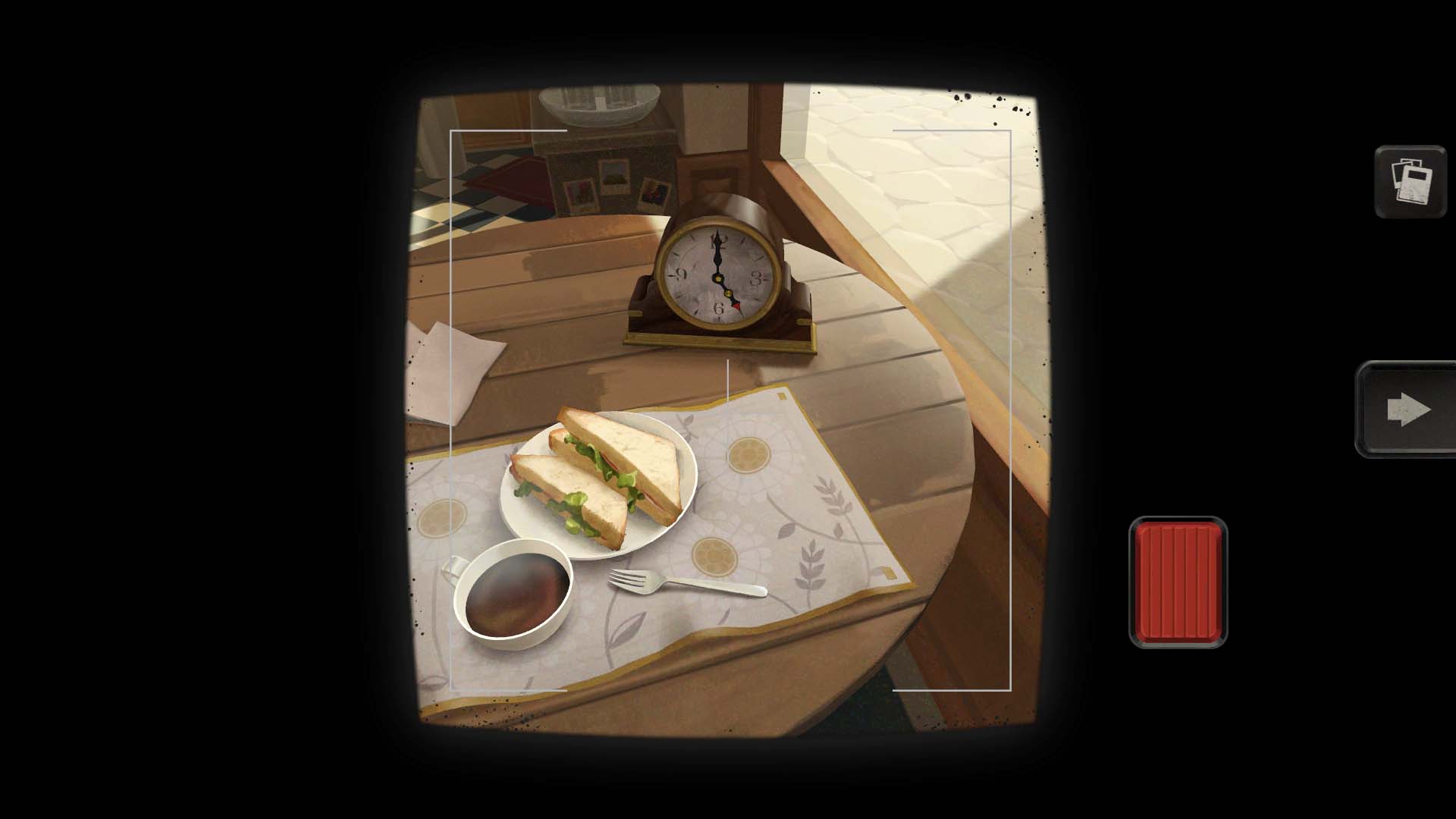
The developers adhere to a guiding principle: "find the best way to tell a story to effectively convey it to players." To achieve this, they first create a complete narrative experience and then integrate game mechanics that support and enhance it. The puzzles in The Star Named Eos are designed to be slightly challenging, drawing players deeper into the story and helping them unravel its mysteries. Each puzzle is meticulously crafted, ensuring that every element serves as a meaningful clue that ties back to the story. This approach prevents unnecessary gameplay extensions and ensures that solving each puzzle enhances the player’s understanding and connection with the narrative.
Core Game Loop: From Old Photos to New Compositions
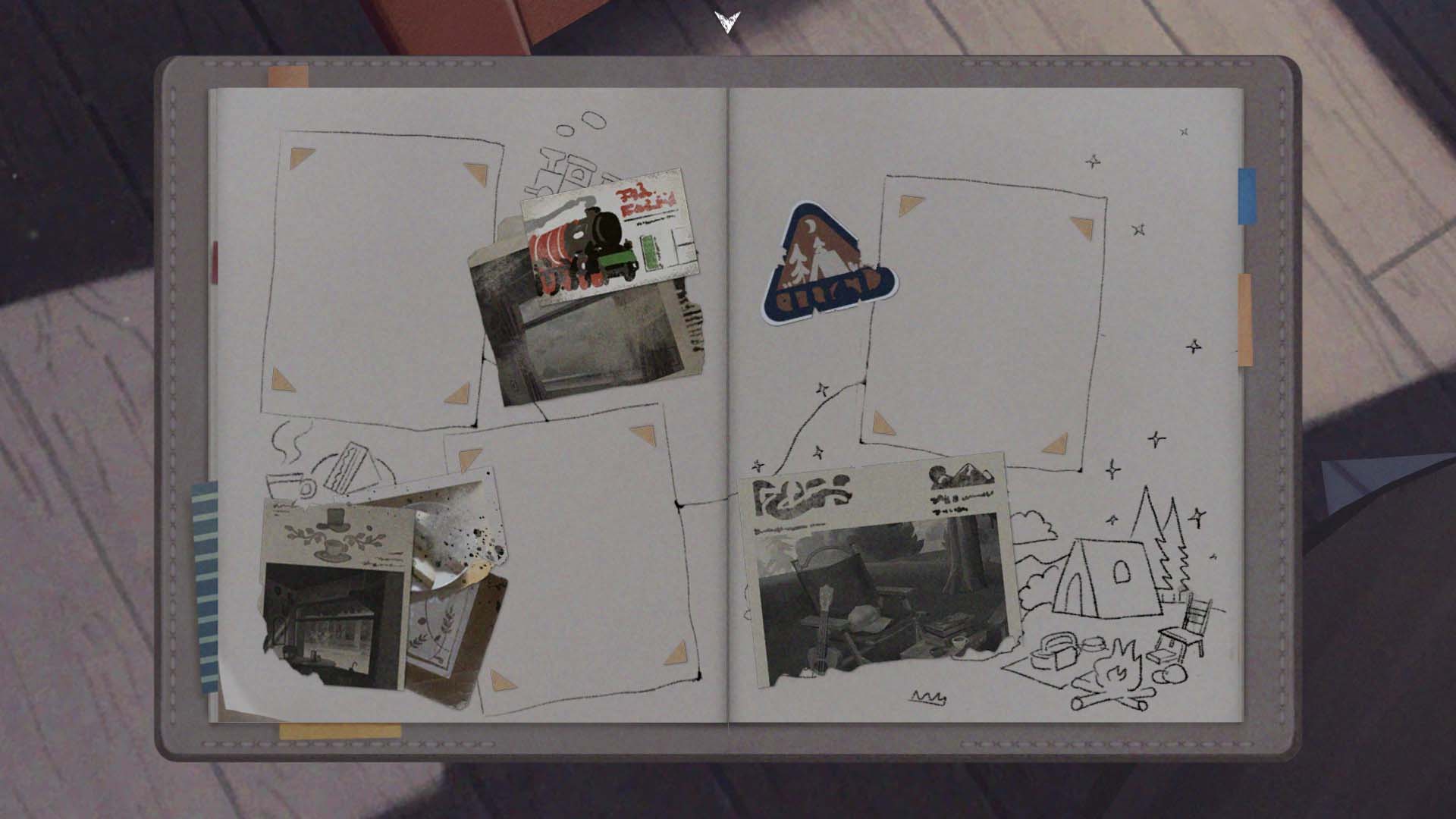
The core game loop in The Star Named Eos involves starting with an old photo, engaging in exploration and puzzle-solving, and ultimately taking a new photo. This design is significant for recalling memories and discovering new things. Here’s a breakdown of the process:
- Obtain Old Photos: Players acquire old photos by exploring specific scenes in the game. These photos act as clues, guiding them to new locations.
- Find Similar Locations: Players search the environment for locations that resemble those in the old photos. Visual aids such as lighting and distinct objects help in navigation.
- Find Similar New Objects: After identifying similar scenes, players search for objects that match those in the old photos. These objects can be natural (trees, rocks) or man-made (furniture, statues).
- Adjust Object Position/Composition and Take Photos: Players can adjust object positions to match the composition of the old photo. The game features a virtual camera that allows players to adjust the angle and focus, ultimately taking new photos that mirror the old ones.

This game loop is not just about solving puzzles; it’s an exploration of memories and history. Players recreate past memories and discover new things, experiencing the timeless emotions and values conveyed through the game. This design resonates with real-life experiences of reminiscing and discovering new things.
The Satisfaction of Taking Photos

In The Star Named Eos, taking photos is a deeply immersive experience. The developers invested significant time to ensure that the photo-taking mechanism integrates seamlessly into the story and gameplay. To make the act of capturing a scene satisfying, they optimized the photo-taking process in several ways:
- Virtual Camera System: Players can freely adjust the angle, focus, and composition, enabling precise frame capture.
- Tactile Experience: To simulate a realistic photo-taking experience, the game includes tactile feedback. Pressing the camera shutter causes a slight vibration and sound effect, enhancing authenticity.
- Instant Feedback: The system immediately compares newly taken photos with old ones and uses the character’s monologue to indicate if the photo was taken correctly. If the photographed object is not part of the main puzzle, no monologue appears, preserving the joy of free exploration and photography.
These features make photography an essential and enjoyable part of the game, allowing players to relish both the exploration and puzzle-solving process while experiencing the pleasure and accomplishment of taking photos.

Creating Memorable Scenes: The Role of Light and Shadow
To achieve the aim of "dramatic light and shadow" in The Star Named Eos, the developers arranged strong main light sources in each scene, such as windows, lamps, or fires. These elements add drama and give objects varying lighting or shadow effects. This design contrasts sharply with the full-light source design of Behind the Frame, offering a different visual experience. The team invested significant time and effort to ensure each scene presents a unique and memorable light and shadow effect, enhancing the game’s emotional expression and story atmosphere.
Through the theme of photography, The Star Named Eos transforms photos into a medium rich with emotions and puzzles. From story conception and art style design to technical implementation, the developers have devoted great effort to every aspect, aiming to provide players with an unforgettable gaming journey. They hope that each player finds resonance in the game and feels the story and emotions they aim to convey.
Conclusion
The Star Named Eos is a story-rich puzzle adventure built around photography. It invites players to explore a beautiful hand-drawn world and capture fleeting yet precious moments. As players recreate photos from the past, they gradually uncover the truth of a family mystery. The love hidden within fragmented memories eventually becomes clear, offering a deeply emotional and satisfying gaming experience.

The Star Named Eos is available now on Xbox for $13.49, down from its regular price of $14.99. Dive into this captivating world and experience the unique blend of storytelling and puzzle-solving that the game offers.
For more information and to purchase the game, visit the Xbox Store.
For more Information, Refer to this article.



























